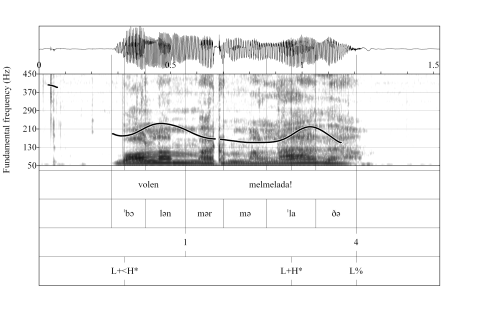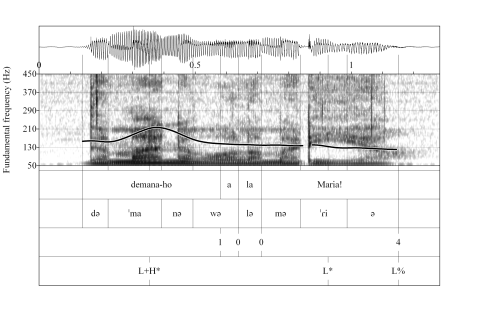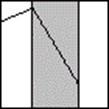L+<H*

This pitch accent is phonetically realized as a rising pitch movement. Typically, the L tone is aligned with the onset of the accented syllable, and the H tone is aligned with the postaccentual syllable.
L+H*

This pitch accent is phonetically realized as a rising pitch movement during the accented syllable. The rise starts at the onset of the accented syllable and ends at the end of that syllable.
Example L+<H*: Broad focus statement
Example L+H*: Strong command
Ho demana a la Maria
[(S)he is asking Mary]

Demana-ho a la Maria!
[Ask Mary!]

Explanations
These two examples are two similar sentences, but the illocutionary force is different: the first is a broad focus statement, and the second one a strong command.
In the broad focus statement, the prenuclear accent is L+<H*: the pitch rises during the accented syllable but the peak occurs in the next syllable.
In the strong command, the prenuclear accent is L+H*: the pitch rises during the accented syllable and the peak is aligned with the end of this syllable.
Both pitch accents are realized as a rise during the accented syllable, but they differ on the alignment of the peak.
For more arguments in favour of the analysis of the L+<H* pitch accent, see Prieto, D’Imperio & Gili-Fivela (2005).







